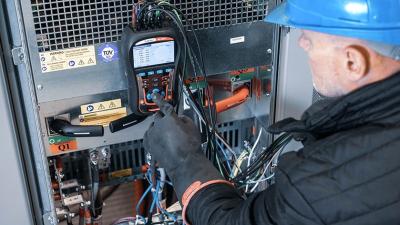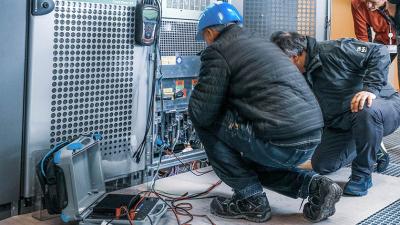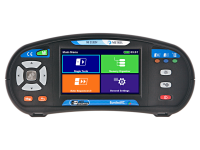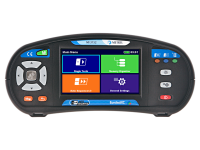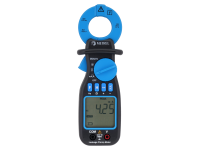Hospital switchboards and automatic trip-out protection
Power supply and power distribution
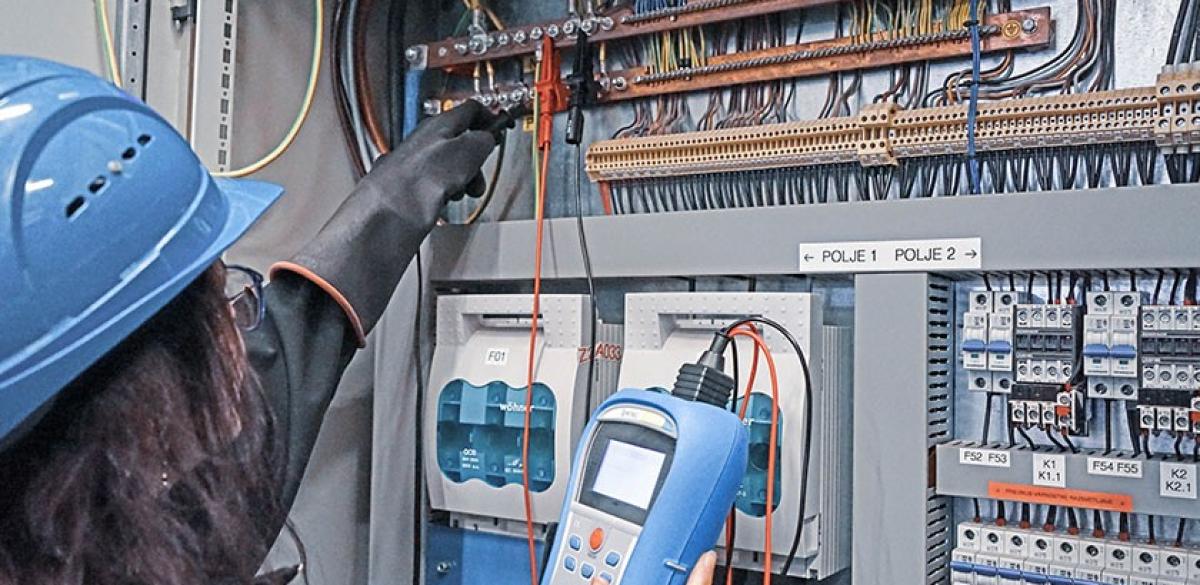
A switchboard or a distribution board is the component of installation where the single main supply line is divided to sub-circuits for different locations around the building. It incorporates the protective measures like surge protection, circuit breakers and RCD switches. It is a location where a number of measurements are made that would be troublesome or impossible to do in other places.
In particular, wires to different parts of the installation are accessible, which makes it possible to do leakage current measurements for these parts. Other measurements done at the switchboards are continuity of protective bonding, RCD tests, voltage properties tests, and power quality logging. Leakage current is not a part of periodic measurements, but it is a great troubleshooting tool.
Leakage current in installation can cause a number of problems, most obvious of them being unnecessary RCD trips and possibility of dangerous touch voltages. If very high, it can also affect thermal properties of the system. RCD trips can be prevented by using a careful design, dividing the circuits between users and switches so that expected maximum leakage for the area never reaches 20% of RCD rating.
Leakage current is a part of normal operation of installation and devices. It is a consequence of imperfect insulation, capacitive coupling, and other parasitic effects. It can be also caused by electro-magnetic disturbances or non-linear filters. Its magnitude is usually in the order of mA.
Leakage current manifests as any current flowing through PE wire, or any difference in currents between phase and neutral wires. This gives the essential idea of the measuring methods. Direct method uses current clamps around the PE wire, while differential method clamps phase and neutral wires to measure any difference between them. In differential method, direction of each current is important. Ideally, both methods are used and the results compared.
Leakage current measurements in a switchboard are a basic troubleshooting procedure. Higher leakage than normal is a symptom of a weakened insulation or a failing device somewhere in the building. By following the trail of high leakage first through the sub-distribution boards, then by turning the devices on or off, the source can be located relatively simply.
Leakage current measurement can be an alternative for insulation measurement. High voltage insulation testing in a hospital often is not possible. There is a lot of sensitive equipment that cannot be taken offline. Leakage and insulation measurements however are not directly comparable. It depends on ratio of capacitive and resistive properties of the insulation material. Insulation is measured at high DC voltage and considers only resistive part, while leakage is AC and contains both capacitive and resistive properties.
There is a number of considerations to take into account when making a leakage current measurement. It is a measurement of a low current in presence of much higher currents in close vicinity. They cause notable electric and magnetic fields that can cause large errors.
Measurements
Clamps used should be high quality, with good magnetic shielding and magnetic concentrator in the core. Similarly, they have to have good immunity to external electric fields or capacitive connections. Leads connecting to the instrument should be short. The cables being tested should be close together and in the centre of the clamp. Other cables and the devices should be positioned as far away as possible. The standard that covers requirements for quality of the leakage current clamps is IEC/EN 61557-13.
Metrel offers the clamp A 1018 in combination with a multifunctional installation tester for performing leakage current measurements in installations, or a hand-held leakage clamp meter MD 9272. In both cases, the user only has to choose current measurement function and put the clamp around the wire in question.

